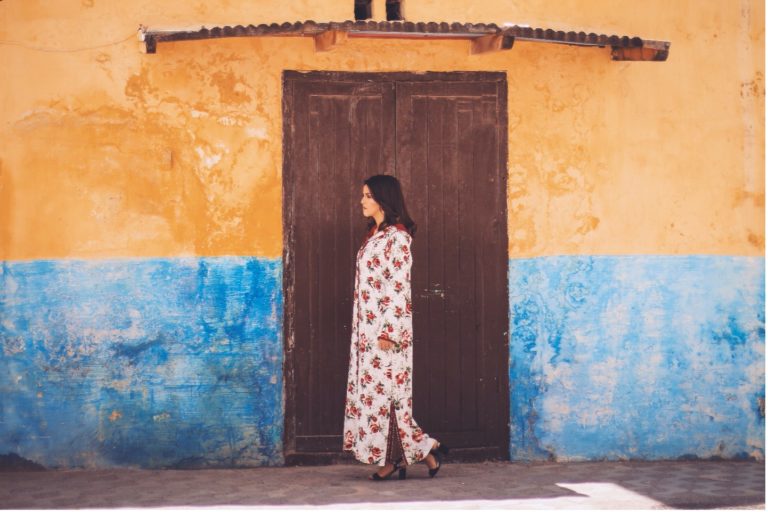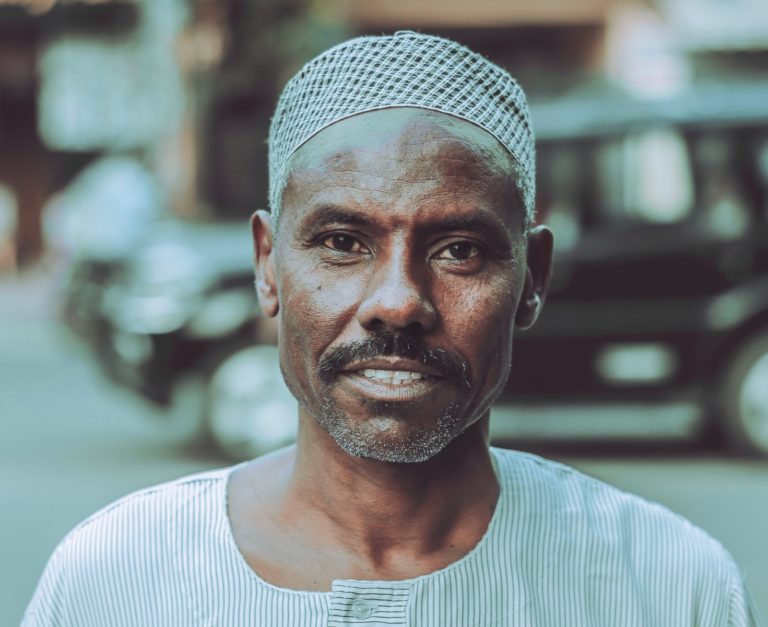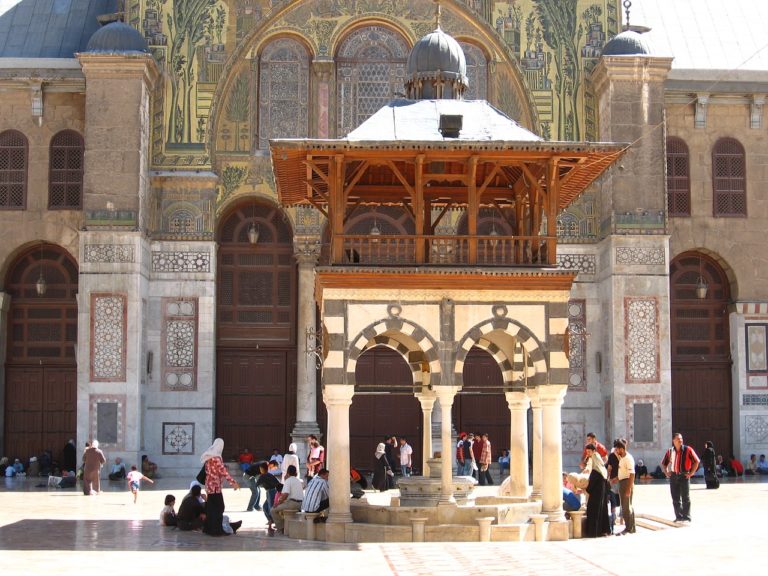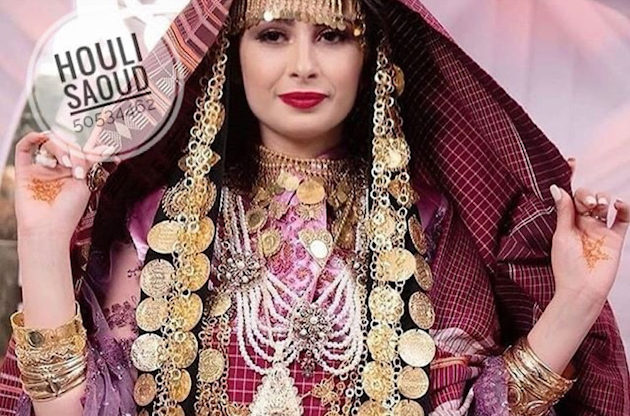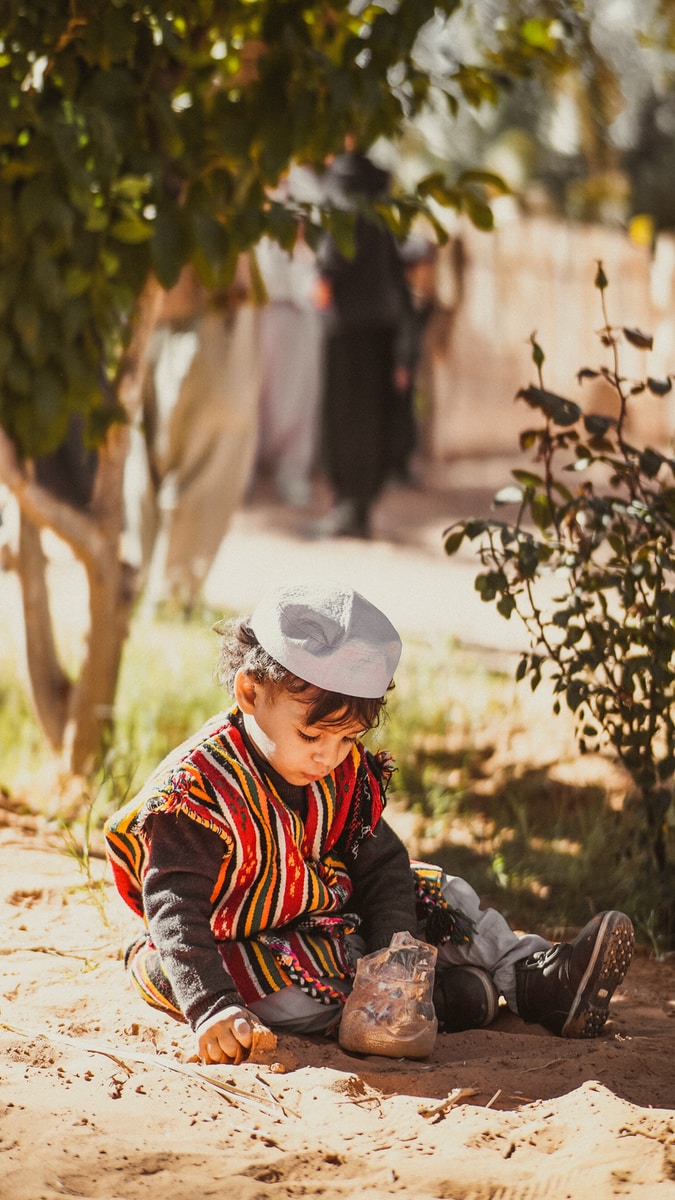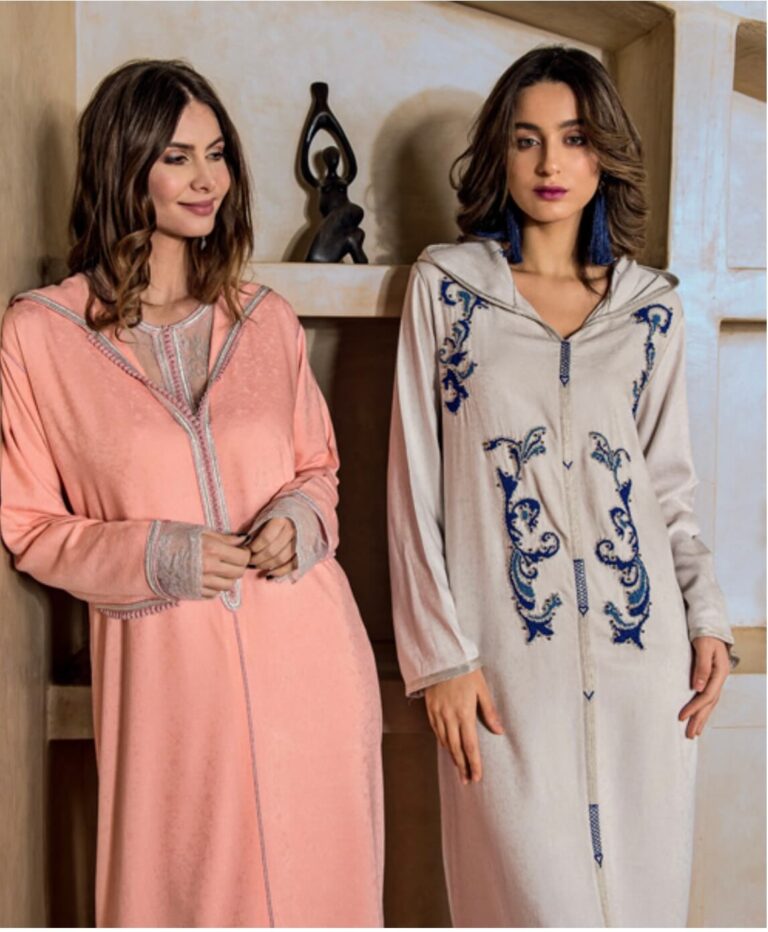Egypt: Traditional Clothing
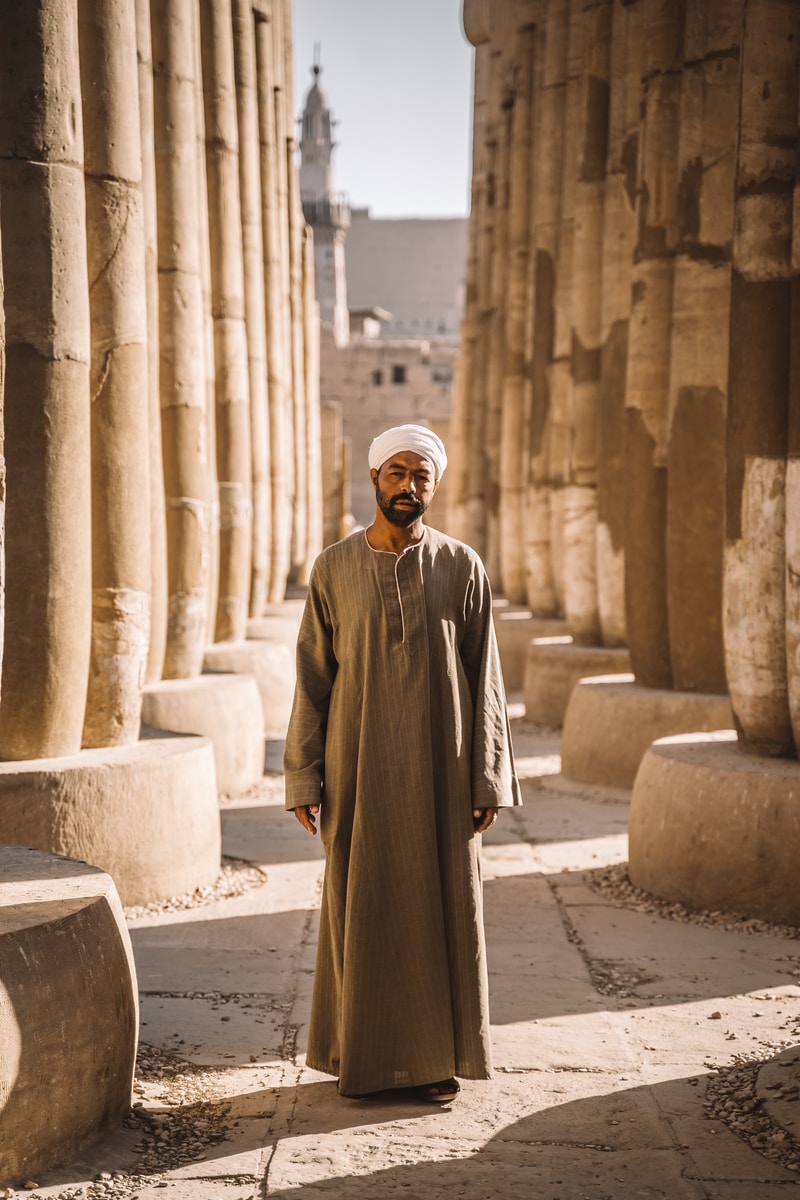
Egypt has a rich and diverse history of traditional clothing that reflects the country’s cultural, social, and political influences.
From the farmers who wear Gallebayas to the city dwellers who draw on a range of cultural influences, Egyptian fashion is a diverse blend of styles and traditions.
Ancient Egyptian clothing was primarily made from linen and was often adorned with intricate patterns and symbols.
Pharaohs and other high-ranking individuals wore elaborate garments, including wrap-around roots, kilts, and gold crowns, while ordinary citizens dressed more simply.
Over time, Egyptian clothing has been influenced by a range of external cultures, including the Ottoman Empire, Europe, and Islam.
Some tribes kept their traditional clothes, like the Nubians and Bedouins, while others embraced the attire of their conquerors and adapted it to their own style.
Today, Egyptian fashion continues to evolve and is influenced by a variety of styles and traditions.
From traditional garments to modern, Western-influenced clothing, the country’s fashion scene is truly unique and reflects its rich history and diverse cultural influences.
Table of Contents
What did Ancient Egyptians Wear?
Ancient Egyptians made their clothing primarily from locally sourced materials, such as linen made from flax grown along the Nile, sheep’s wool, palm fibers, and goat’s hair.
The variety of clothing worn by ancient Egyptians varied based on status, activity, and season, and often consisted of wrap-around garments like robes, kilts, shawls, cloaks, and dresses.
Men of the working class typically wore loincloths or short kilts, while wealthy men wore knee-length shirts and kilts adorned with beaded jewelry and gold accents.
Women of the working class wore full-length gowns, while elite women wore elaborate gowns and added to their appearance with makeup and jewelry.
Plaited wigs and hair ornaments were mainly worn by nobility and the wealthy.
Both men and women wore sandals made from papyrus, vegetable fibers, and sometimes leather, though they were often depicted barefoot in paintings.
Egyptian Women’s Traditional Clothing
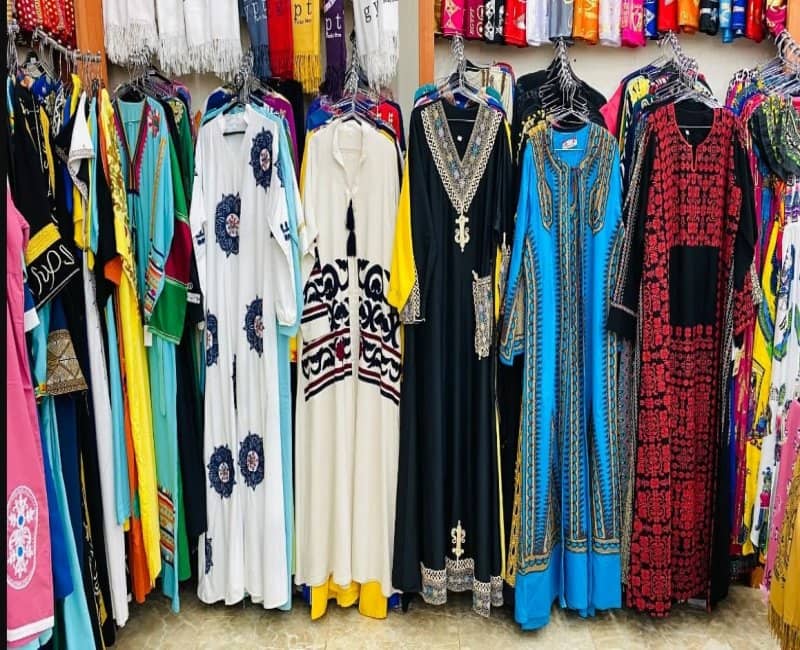
Egyptian women’s fashion, much like all traditional Egyptian clothing, heavily relied on multi-layering and loose structures. It’s also greatly inspired by Islamic culture and proper religious attire.
For instance, peasant and farmer women would typically wear a long robe known as Gallebaya.
In addition to that, they would pair it with baggy trousers that serve the purpose of underwear, and several other layers including a headscarf called Mandil decorated with pom-poms.
Despite the hot and dry climate, women tend to go to great lengths to fully cover their bodies.
The Gallebaya, for example, is a full-length robe with long sleeves that is usually worn as the main outfit in rural areas. On the other hand, women living in the city would only wear Gallebaya indoors or for undergarments.
Their going-out outfit consists of a wide dress called Tob Sebleh that is mainly made from cotton (or some other breathable material).
The baggy trousers are sometimes called Tshalvar or Shintijan, and they’re thin, loose, cotton pants that are tied below the knee, and fall down to the ankles.
One of the most noteworthy outerwear pieces is the Egyptian Kaftan called Yelek. It’s characterized by its incredibly long sleeves, tight-fitting shape, and deep slits on both sides.
The Yelek has a wide, open neck and is buttoned or laced down the seams from the breast area to the waist. This Kaftan is always worn over Gallebaya and baggy pants.
Then the layer over the Yelek includes a coat, Djubbeh,or Binnish. Both of these outerwear pieces are large overcoats that come with wide sleeves (to accommodate all the underlayers beneath).
The headdresses worn by Egyptian women hold historical significance and cultural symbolism. They come in various styles, designs, and fabrics, each serving a specific purpose.
Among the most prominent types of veils are the Hijab, Niqab, and Burka. The Hijab is a veil that covers the hair, ears, and neck, typically tied under the chin.
The Niqab, usually in black, covers the same areas as the Hijab but also conceals most of the face, leaving only an opening for the eyes.
The Burka, on the other hand, covers the entire head and body, except for the eyes.
Additionally, there is the Mandil, which differs from other headscarves. It is intricately woven from netting, lace, or threads, covering the lower part of the face.
These headdresses not only serve as a form of modesty and protection from the elements but also represent cultural and religious traditions in Egyptian society.
Egyptian Men’s Traditional Clothing
The go-to folk or farmer outfit of Egyptian men also consists of a Gallebaya. Though in this case, the baggy pants are optional. In addition to that, they also wear one or more outer layers, a headdress, as well as shoes.
The men’s Gallebaya frequently comes striped in vibrant colors, it has long yet narrow sleeves and a v-shaped neckline.
Locals will also wear a varying version of that typical long robe, called Kamis or Gamis. This is a wide garment with large sleeves that is mostly seen on Fellahin -a.k.a Egyptian farmers.
The male Kaftan is considered to be an outer layer, more often worn on top of the Gallebaya.
The Kaftan is made from a mixture of two materials, mainly silk and cotton or satin and brocade, and is characterized by its wide sleeves and triangular neckline. It can be worn open or tied around the waist with a sash, known as Hizan.
Once again, the Djubbeh or Binnish are layered over the male Kaftan as overcoats. The Binnish comes in darker shades, wide sleeves, and a minimalistic cut.
While the Djubbeh has a more complex design: long wide sleeves, an intricate triangular cut that’s closely-fitted around the waist and very loose from the waist down.
Now for the headdresses, Egyptian men use several pieces to cover their heads, based on the climate, social setting, and occasion.
These accessories serve as a protective barrier against the sun, the sand, and any other extreme weather conditions.
The three main Egyptian male headdresses consist of a skullcap, a Tarboosh, and a turban. The skullcap is called Taqiyah or Araqiyeh and is a small, round hat, made from cotton, that can be worn underneath the Tarboosh or turban.
The Tarboosh is a red cylindrical hat with no brims, commonly known as a Fez. While the turban is made by wrapping a lengthy rectangular cloth around the head and tying it.
Some links below may be be affiliate links. As an Amazon Associate I earn from qualifying purchases.

